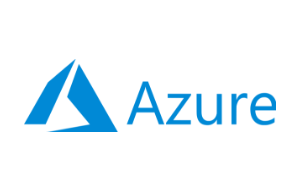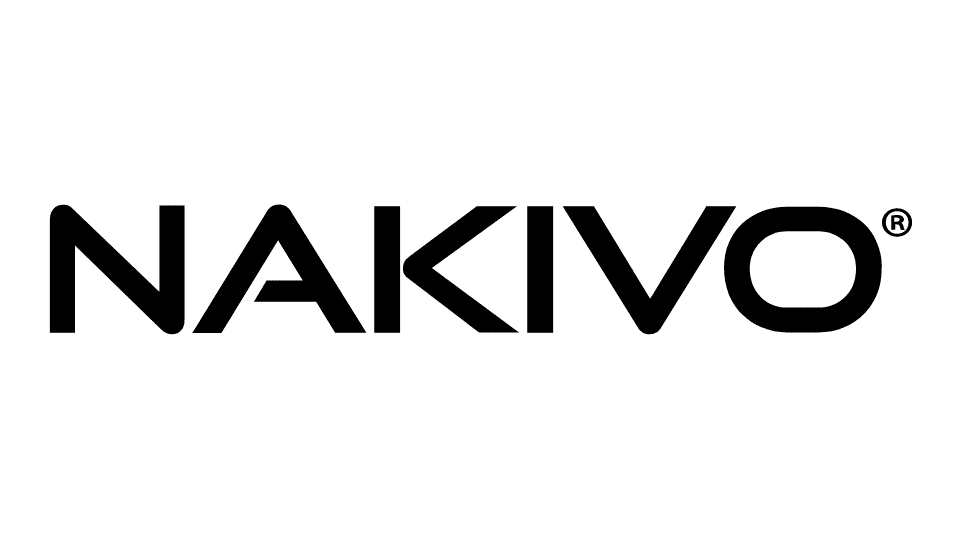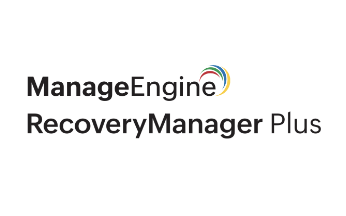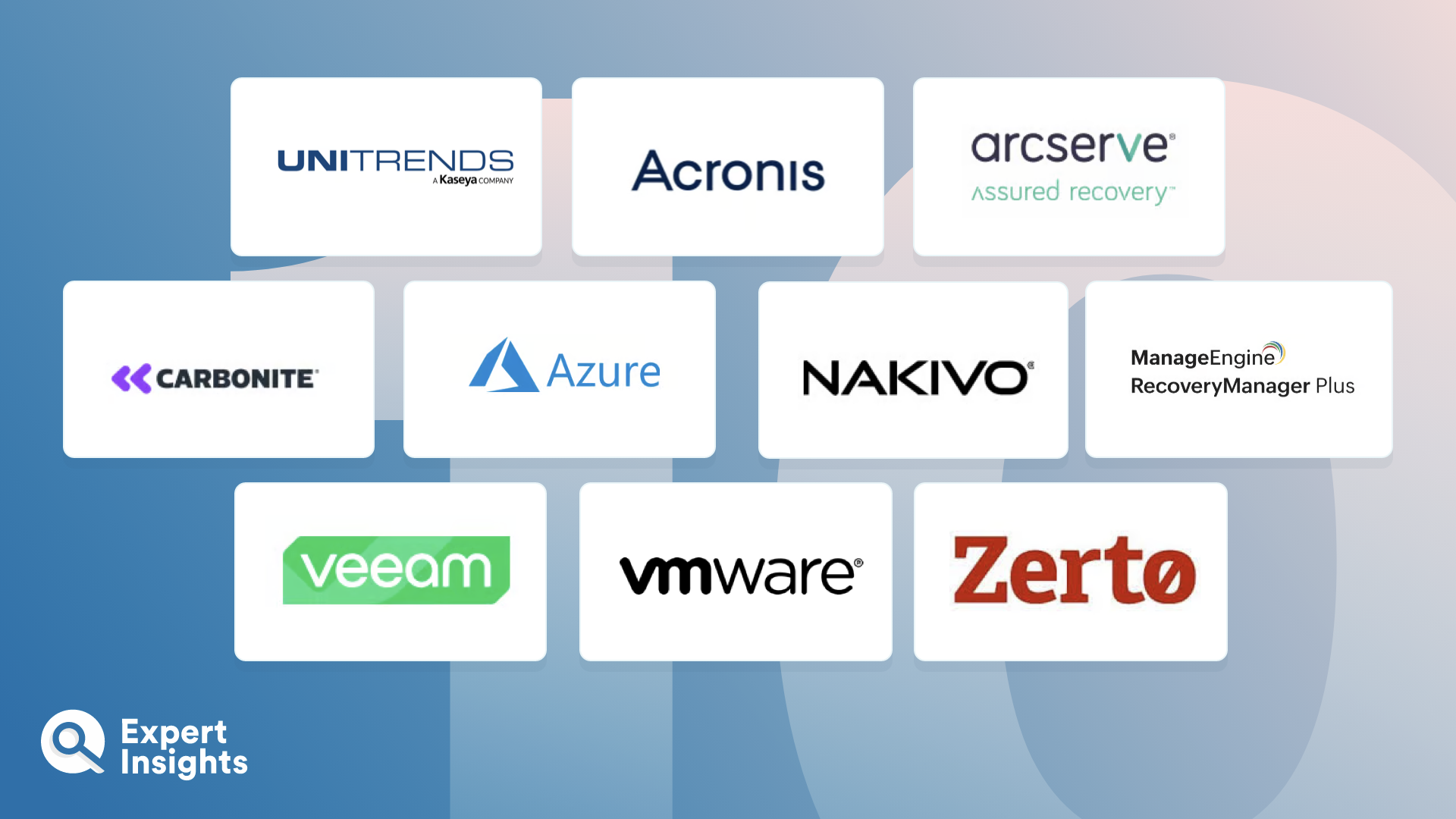Disaster recovery software is an “always-on” monitoring solution that diligently tracks any alterations to protected systems and ensures those changes are backed up. This software provides intelligence that can be used to inform preventative planning and disaster playbooks. This helps to put organizations in the best position to recover from catastrophic events which cause damage to computers, networks, or servers.
Businesses – particularly small and midsized businesses – often fail to consider disaster recovery in their planning. As disasters are considered a rare, unforeseen event many organizations will neglect to develop a realistic, actionable disaster recovery plan. This leaves organizations at risk of being unable to protect themselves from an event or being too slow to respond effectively.
No organization, large or small, can afford to dismiss disaster recovery entirely. There are two main benefits to having a disaster recovery plan in place, these are:
- Quicker Recovery: Depending on the disaster recovery tools in use, and the recovery strategy set in place, businesses can bounce back much faster after a disaster, or even carry on with operations uninterrupted.
- Reduce Cost: Disasters are, by nature, disruptive and costly. By taking proactive measures to ensure a quick recovery, businesses can potentially save hundreds of thousands of dollars in lost revenue and restoring or replacing compromised infrastructure. This cost saving could easily make the difference between survival and the disaster having a critical effect on the organization.
In this article, we will explore our picks for the top disaster recovery software solutions currently available. We’ll look at each vendor and their solution’s key features, then give our final comments including a recommendation for who would be best served by each solution.

















